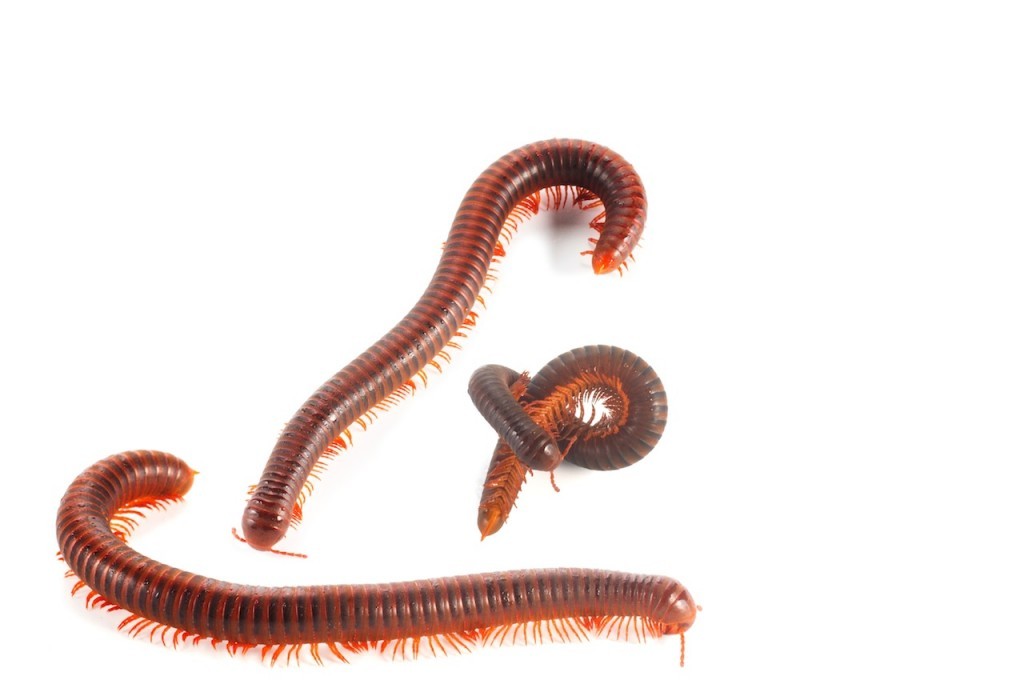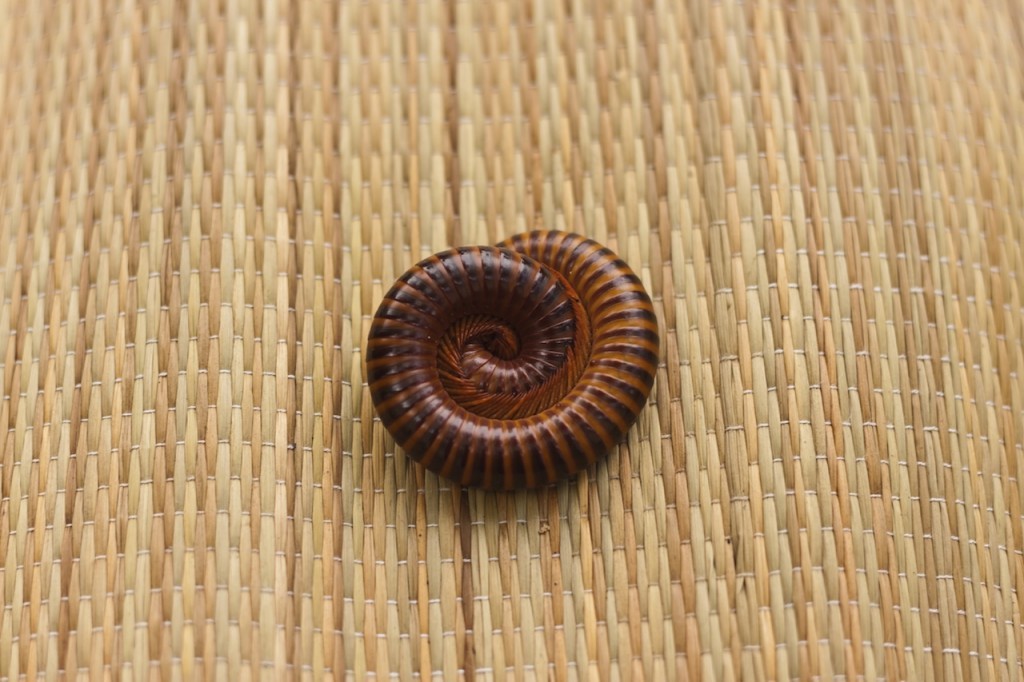Table Of Content

These pesticides are available as ready-to-use aerosol or liquid forms. You can apply a granular pesticide to the perimeter, such as deltamethrin, lambda-cyhalothrin or permethrin. Bites by a centipede are rare because it is very shy and the jaws are too small to break through human skin. They are found under mulch, leaves, loose bark, stones and similar sites. Centipedes typically leave no direct signs of an infestation other than the sighting of the pest itself.
Ways To Keep A Clean Garden For Mice Prevention
A professional pest control company usually will set you up with a multi-layered approach to keeping millipedes out of your house, including sealing off gaps and cracks. If this sounds appealing, call a professional in your local area. Keeping your house dry will also prevent millipedes from getting in.
#4. Use Natural Pest Control Solutions

Of the 7,000 species, 1,400 live in the United States and Canada. Insecticidal dusts can be somewhat effective against millipedes but they should never be spread in areas where children or pets can come into contact with them. Pesticides are typically a short-term solution to a long-term problem. Emphasis should be placed first on reducing conditions and access points favorable to millipede invasions. And although they do come in large numbers, they do not pose any danger and won’t touch your food or get into your clothes.
Household Pests
Areas with a potentially high levels of moisture such as your basement, kitchen, or bathroom may attract centipedes. Centipedes kill nuisance insects and they generally do not live in colonies, so consider removing them from your home rather than killing them. The millipede is a dark brown, worm-like creature with up to 400 very short legs. Sowbugs do not normally survive within a home because they need decaying organic matter in a damp location, like a basement. Chemical control may be necessary only if millipedes keep invading in large numbers and all the non-chemical methods do not reduce the occurrence. These wormlike creatures are found throughout the United States hiding under rocks, leaves, brick pathways, and other debris.
Centipedes: They bite, but don't kill them. Here's why - The Weather Network
Centipedes: They bite, but don't kill them. Here's why.
Posted: Mon, 08 Apr 2019 07:00:00 GMT [source]
Environment
Provide adequate ventilation in basements, attics and crawl spaces. Seal holes, cracks and gaps that enable outdoor centipedes to get inside a home. Millipedes are common occasional pests that sometimes invade buildings particularly when the weather turns hot and dry. While millipedes sometimes enter in large numbers, they do not bite, sting, or transmit diseases, nor do they infest food, clothing or dry, structurally sound wood. The most common species that invades buildings is the" garden millipede," which is brownish-black in color and about one inch long (Figure 1).

Millipedes already live around your house, you just may not be aware of it. They get closer to your home because there’s wet and decaying matter somewhere nearby. They rarely damage gardens significantly, and they don’t bite or sting. However, some species can release hydrogen cyanide when disturbed, which causes chemical burns to human skin. It can also be toxic to small animals if ingested in sufficient quantities. There may be some visual overlap between millipedes and centipedes, but the most telling characteristic is the number of “pedes” on each animal.
Centipedes vs. Millipedes
Neither of these creatures causes damage or disease, nor do they nest and breed indoors. If you find them indoors, it is usually because they've simply wandered in from a nearby woody environment. They do not damage food, plants, furniture, or buildings as other more harmful pests do, such as cockroaches, rodents, and flies. They belong to the Myriapoda subphylum, a group that comprises multi-legged species of various types.
Site search
The average cost for a home in Los Angeles is $626.800, which will make the purchase of a pre-built home a cost-efficient choice for housing in Los Angeles. Modular homes in Los Angeles are commonly built at a base price of around $90 per square foot, in comparison to approximately $474 per square foot for a site-built home. There is an abundance of manufacturers and dealers to choose from when customizing or purchasing a pre-built home in Los Angeles, one of the largest being Maple Ridge Mobile Homes. Other manufacturers include Faith Mobile Homes in Long Beach and Blue Carpet Manufactured Homes in Lake Forest. Explore a wide selection of new manufactured homes ready for order from local retailers specializing in manufactured and modular homes.
Millipedes
Impresa Modular is the only nationwide builder of modular homes in the country and we lead the industry in innovation. Our process reduces overhead, keeps your custom home project on schedule and produces high-quality custom built homes. By using state-of-the-art design systems, we can produce highly customized floor plans using the flexibility of modular design.
(Unless you desperately need some alone time, in that case, we won’t judge. The oil will linger for a few days and repel most creepy crawlies. You’ll have to respray every couple of days, or after rain, to keep up the effective barrier.
Place the millipedes in a plastic bag, seal the bag and deposit the bag in an outdoor garbage container. In Alabama, the most troublesome home invader is the garden millipede, Oxidus gracills, also named the greenhouse millipede. Garden millipedes have a flat body, brown to black in color, and are about ½- to ¾-inch long, smaller than other millipede species. In addition to decaying organic materials, they also feed on seeds and live plants when no other food is available and become a pest in greenhouses.

No comments:
Post a Comment